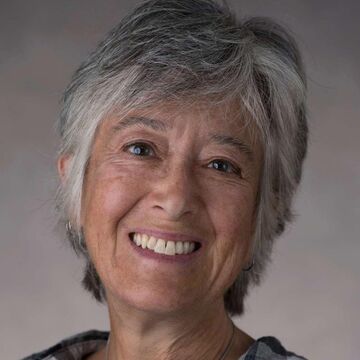

Melanie Herzog
Senior Lecturer
Contact
Bio
Education: BA, 1978, Johnston College, Redlands, CA; MFA, 1986, University of Wisconsin-Madison; PhD, 1995, University of Wisconsin-Madison. Publications: Elizabeth Catlett: An American Artist in Mexico; Milton Rogovin: The Making of a Social Documentary Photographer; “Imaging History, Memory, and the Raced and Gendered Body: The Legacy of Elizabeth Catlett,” in The Female Gaze; “`My Art Speaks for Both My Peoples’: Elizabeth Catlett in Mexico,” in The Art of Solidarity; “Chinese in America: Flo Oy Wong, Suturing Gaps in the Weave,” in Contemporary Citizenship, Art, and Visual Culture; “African American Artists and Mexico,” in The Routledge Companion to African American Art History.